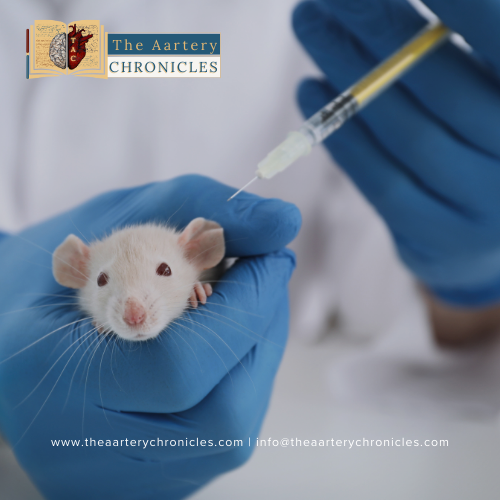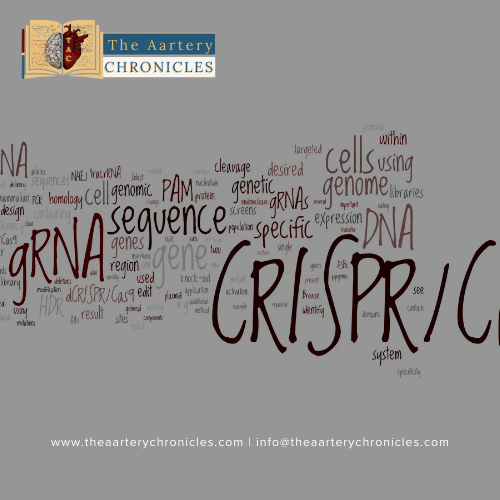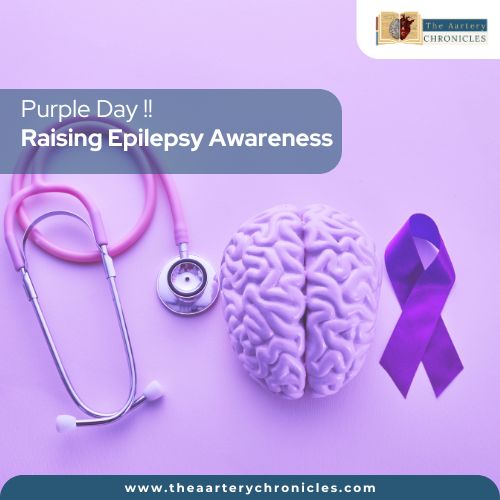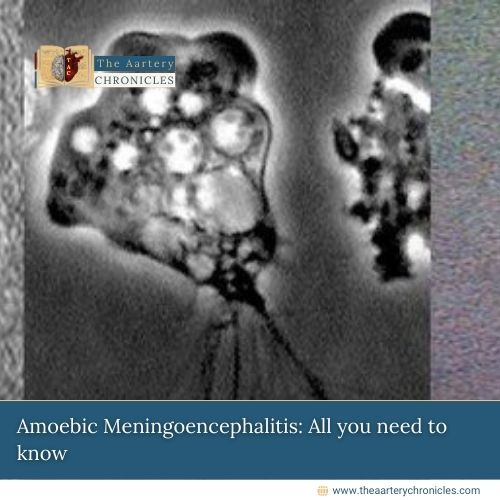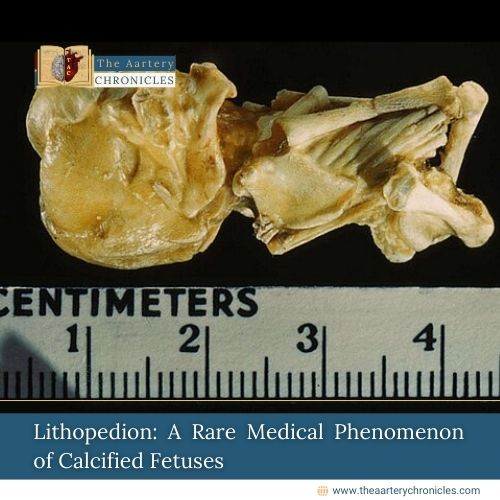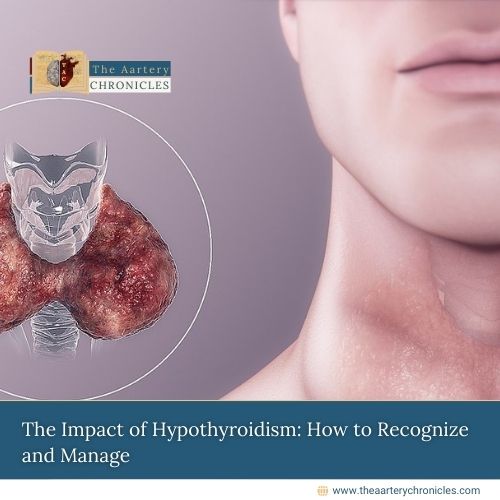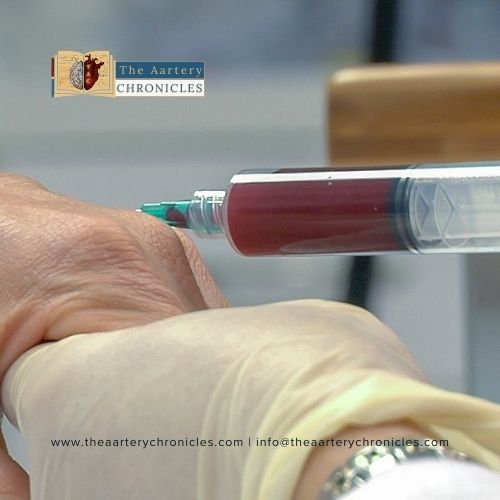
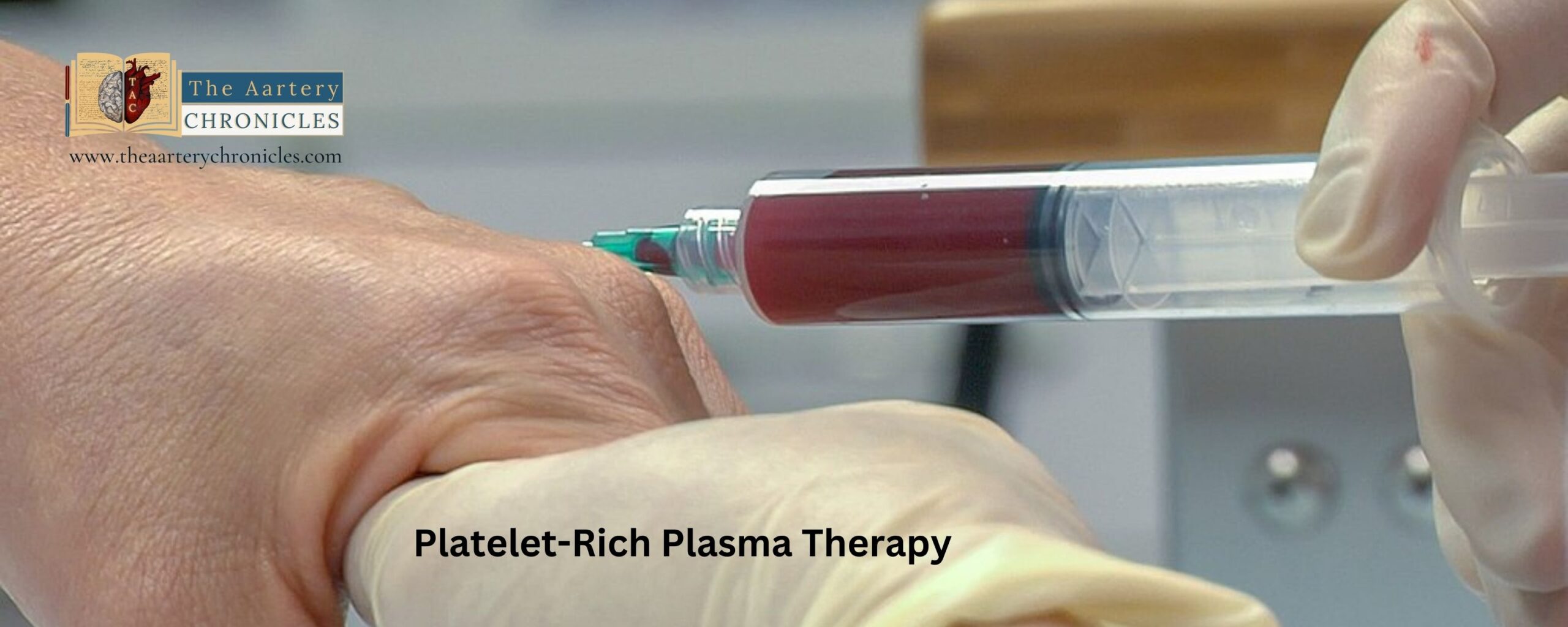
A Revolutionizing Breakthrough in Platelet-Rich Plasma Therapy
Overview of Platelet-Rich Plasma Therapy:
Platelets are a type of blood cell that plays a crucial role in the clotting of blood. Beyond their clotting functions, platelets are recognized for being rich in platelet growth factors (PGFs). PGFs are bioactive proteins secreted by platelets that contribute to the body’s natural healing processes. Platelet-rich plasma therapy, or PRP, is a regenerative medicine approach that harnesses the naturally occurring growth factors found in blood for tissue repair and healing.
These growth factors include, but are not limited to:
- Platelet-derived growth factor (PDGF): Stimulates cell replication, collagen formation, and blood vessel growth, promoting tissue repair.
- Transforming Growth Factor-Beta (TGF-β): Regulates cellular functions, including immune response modulation and tissue regeneration.
- Vascular Endothelial Growth Factor (VEGF): Stimulates the formation of new blood vessels, enhancing blood supply to injured areas.
- Epidermal Growth Factor (EGF): Facilitates cell growth, proliferation, and differentiation, vital for skin and tissue regeneration.
Studies have shown that the injection of an isolated concentration of PRP solution at the site of injury or deceased part may promote the healing of injured muscles, bones, tendons, joints, and ligaments
History of Platelet-Rich Plasma Therapy
There has been increasing interest in plasma therapy research recently. The conceptual origin of platelet-rich plasma (PRP) began in the field of haematology.
Haematologists coined the term ‘platelet-rich plasma‘ in the 1970s when plasma with a platelet count higher than peripheral blood was first used as a transfusion product to treat patients with thrombocytopenia.
In the 1980s and 1990s, PRP gained traction in surgeries due to its characteristics promoting wound closure, reducing inflammation, and enhancing cell growth. Subsequently, the use of PRP evolved into platelet-rich fibrin (PRF) in maxillofacial surgery, leveraging the anti-inflammatory qualities of PRF to promote cell division, with fibrin exhibiting adhesion and homeostatic properties.
Clinical Applications of Platelet-Rich Plasma (PRP)
Dermatology
In recent years, dermatology research has concentrated on PRP fat grafting, alopecia, dermal volume augmentation, wound healing, and scar revision.
PRP for alopecia: The presence of bioactive molecules and growth factors is highly responsible for angiogenesis and the hair growth cycle. Studies found that PRP helped enhance β-catenin activity and FGF-7 expression, thus promoting hair growth.
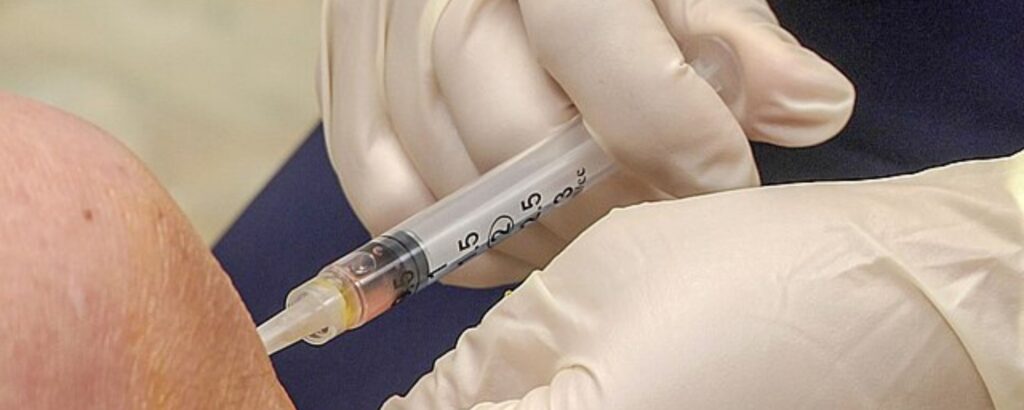
Osteoarthritis
PRP, along with hyaluronic acid, for knee osteoarthritic treatment has shown great benefits, including a reduction in long-term discomfort and enhanced function of the knee joint. Promising results have been noted in the treatment of ligament damage in the elbow and knee areas. Intra-articular PRP injections are experimented with for a reduction in medial tibial cartilage volume loss.
Diabetic wound healing
Issues such as diabetic foot ulcers are considered to be chronic and may lead to the amputation of the foot. Out of the various methods to attain ulcer healing, platelet-rich plasma gel has been known to offer significant results by providing important growth factors for healing.
Cardiovascular diseases
Studies have shown that PRP can potentially reduce infarct size in the heart and enhance ventricle wall thickness, in turn improving cardiovascular functions. Also, PRP is found to have significant capability to protect cells from free radicals for myocardial infarction and accelerate mitogenesis and angiogenesis.
Liver diseases
PRP has shown promising results in improving redox status and the histopathological architecture of the liver. Regeneration of the liver by PRP infusion has also been demonstrated by the researchers. Patients with cirrhosis and chronic liver disease can benefit from platelet transfusion-induced growth factor elevation, which improves liver function. Liver treatment through PRP therapy promises cost-effectiveness, and the absence of the risk of rejection

Cosmetic Treatments
PRP promotes skin rejuvenation, tissue regeneration, and restoration of hair. PRP contains growth factors that induce the production of collagen and elastin and promote blood flow for the generation of new cell growth. Some common cosmetic procedures where PRP is used are:
- Hair Restoration: When platelet-rich plasma (PRP) is injected into the scalp from a patient’s blood, the platelets get activated and release multiple growth factors that promote hair follicle health and stimulate hair growth.
- Skin rejuvenation: In skin rejuvenation, PRP is applied to the skin, enhancing collagen production and promoting tissue repair, leading to improved skin texture, tone, and a more youthful appearance.
- Vaginal rejuvenation: PRP is used in vaginal rejuvenation to address issues like dryness and laxity, promote tissue regeneration, and enhance blood flow, which can contribute to improved vaginal health and function.
- Vampire facelift: A non-surgical cosmetic procedure combining hyaluronic acid filler and platelet-rich plasma (PRP) to enhance facial volume and stimulate collagen for a more youthful appearance.
- Vampire facial: A skin treatment involving the application of PRP to the face through micro-needling or topical application, aiming to improve skin texture, stimulate collagen production, and promote a youthful complexion
Conclusion
Platelet-rich plasma therapy is expected to continue evolving with ongoing research, showing promise in tissue repair, hair restoration, and skin rejuvenation. Future innovations may address potential challenges, contributing to advancements in treating various illnesses and injuries

Author: Sanika Pande
- Medicine and Diseases
- Nutrition and Diet
Lorem ipsum dolor sit amet, consectetur adipiscing elit. Ut elit tellus, luctus nec ullamcorper mattis, pulvinar dapibus leo.







